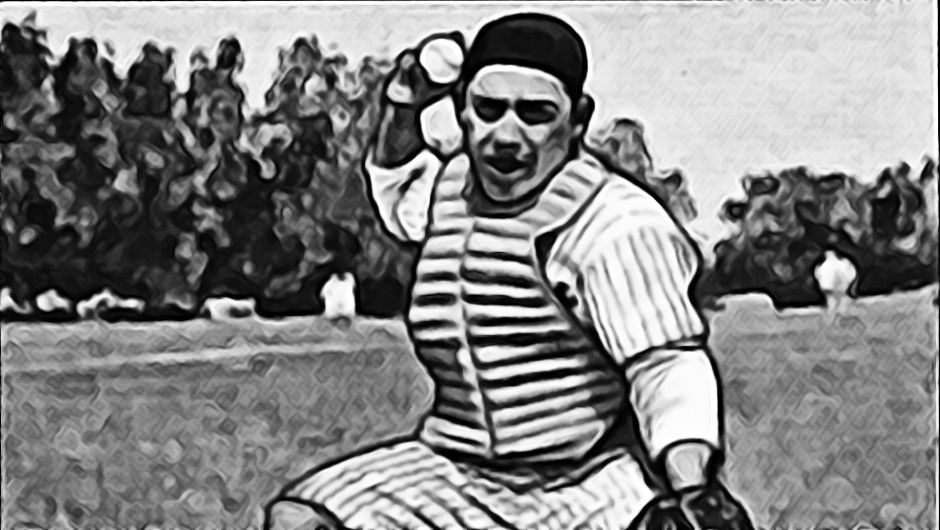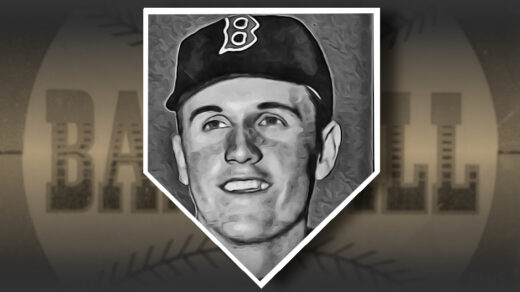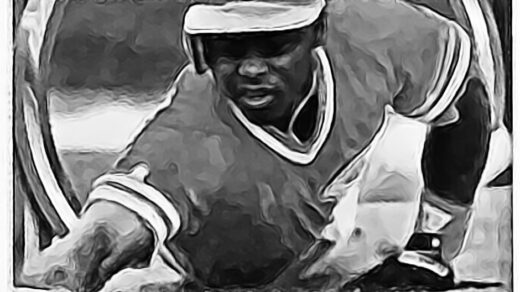In assembling complete sets of baseball cards I have taken note of the top players appearing in each one. Many good discussions surrounding a set center around which players are and are not in the sport’s Hall of Fame. When opening a vintage pack one of the first questions asked is if any Hall of Famers were found.
This started me thinking. Which set packs in the greatest proportion of Hall of Famers? Would it an iconic classic or unloved cardboard forgotten by hobbyists? Would it be something handled by multiple generations or something newer? To find out, I compared the number of cards featuring HOF players to the total that comprise most major sets.
SEARCH CRITERIA
To begin I needed to narrow down the scope of my search. With a handful of exceptions, I focused on sets of at least 100 cards. I wasn’t going to allow a set to win with just a handful of HOFers in a dozen card issue. I avoided single-player sets (e.g. 1959 Fleer Ted Williams), regional issues, and inserts. Retrospective editions (Conlon Collection) were also eliminated given their limited collector interest and focus on retired players. Sets comprised largely of multiplayer cards were also omitted. Pre-war issues were limited to a select number of highly popular sets. Traded/Update/Rookies sets were omitted in the middle of the research process because they were frankly boring and rarely had applicable cards. Finally, the search was limited to sets issued prior to the last 25 years. This final constraint cuts down on the explosion of modern cards and gives all players in an issue time to have concluded a long career and run out the clock on the Hall of Fame’s minimum of five years passing since retirement.
EXPECTATIONS
Before researching this topic, I had several guesses as to which sets would perform well. Classic sets with multiple cards of the same player were likely to produce favorable numbers. This applies to sets produced with multiple regular-issue cards of star players (i.e. 1933 Goudey) and those that include All-Star/MVP/League Leader subsets (1960s/70s Topps). Sets with smaller checklists would be less likely to be diluted with average capability players and rookies who washed out. I also thought older sets would perform well given the amount of time HOF voters and multiple committees have had to consider potential candidates.
RESULTS
Proving there is a first time for everything, 1991 Fleer did not come away with a “Worst” award. The set you are least likely to find a Hall of Famer in turns out to be 1992 Stadium Club due to its massive 900-card checklist. The best was 1996 Topps Chrome, a small set with nearly one third of its checklist making it to the Hall. This was the debut of the Chrome brand and it focused on identifying the top players appearing in Topps’ base set from that year. This resulted in concentrated star power without the weight of lesser known players. A similar story played out across the hobby in 1996 with 8 of the top 10 sets having been issued that year, all of which carried small checklists.
Ten Lowest HOF Percentage Sets
| Set | % Hall of Famers | HOF Cards | |
|---|---|---|---|
| 1992 Stadium Club | 5.2% | 47 of 900 |  |
| 1993 Donruss | 5.4% | 43 of 792 | 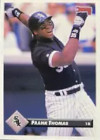 |
| 1960 Leaf | 5.6% | 8 of 144 |  |
| 1995 Fleer | 5.7% | 34 of 600 | 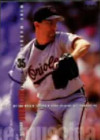 |
| 1994 Bowman | 5.7% | 39 of 682 |  |
| 1991 Stadium Club | 5.8% | 35 of 600 | 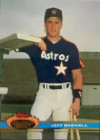 |
| 1994 Fleer Ultra | 6.0% | 36 of 600 |  |
| 1987 Donruss | 6.1% | 40 of 660 | 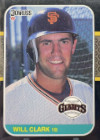 |
| 1988 Donruss | 6.1% | 40 of 660 | 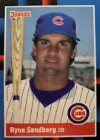 |
| 1989 Donruss | 6.1% | 40 of 660 | 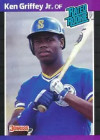 |
Ten Highest HOF Percentage Sets
| Set | % Hall of Famers | HOF Cards | Picture |
|---|---|---|---|
| 1996 Topps Chrome | 29.7% | 49 of 165 |  |
| 1933 Goudey | 27.5% | 66 of 240 |  |
| 1996 Zenith | 26.7% | 40 of 150 | 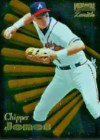 |
| 1996 Select Certified | 25.0% | 36 of 144 |  |
| 1996 Leaf Preferred | 23.3% | 35 of 150 | 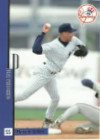 |
| 1987 Classic | 23.0% | 23 of 100 |  |
| 1996 Leaf Signature | 22.7% | 34 of 150 | 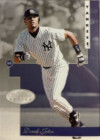 |
| 1996 Topps Laser | 22.7% | 29 of 128 |  |
| 1996 Pinnacle | 22.0% | 88 of 400 | 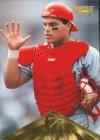 |
| 1996 Select | 22.0% | 44 of 200 |  |
Best by Decade/Era
| Era | Set | HOF Cards (%) | HOF Cards | Notes |
|---|---|---|---|---|
| Pre-War | 1933 Goudey | 27.5% | 66 of 240 | 4 Babe Ruths and 2 Lou Gehrigs |
| 1940s | 1940 Play Ball | 21.3% | 51 of 240 | Modern and turn of the century players |
| 1950s | 1953 Bowman Color | 16.3% | 26 of 160 | Just an overall high quality set |
| 1960s | 1963 Fleer | 16.4% | 11 of 67 | Small set size beats out bloated Topps issues |
| 1970s | 1975 Topps | 12.4% | 82 of 660 | Highlight and MVP cards pad the numbers |
| 1980s | 1987 Classic (Green) | 23.0% | 23 of 100 | Small set with HOF rookie crop |
| 1990s | 1996 Topps Chrome | 29.7% | 49 of 165 | Small set size, excellent player selection |
SURPRISES
The large number of sets from 1996 surprised me given its place in the middle of the steroid era and the limited amount of time that has elapsed for the HOF to consider these players. The relative placement of other sets that did not quite appear at either extreme of the ranking also raised an eyebrow. Bowman’s 1940s and 50s issues were consistently loaded with talent and always exceeded their Topps counterparts. 1952 Topps actually ranks equally with the much maligned 1991 Fleer in terms of HOF representation. 1952 Berk Ross may have been one of the best sets issued with a full third of its cards featuring a HOF inductee. The set only had 74 cards so it stayed off the list but I felt it’s strong showing was worth mentioning.

